Phantom Doctrine review
XCOM meets Le Carré in this stealthy and strategic Cold War thriller
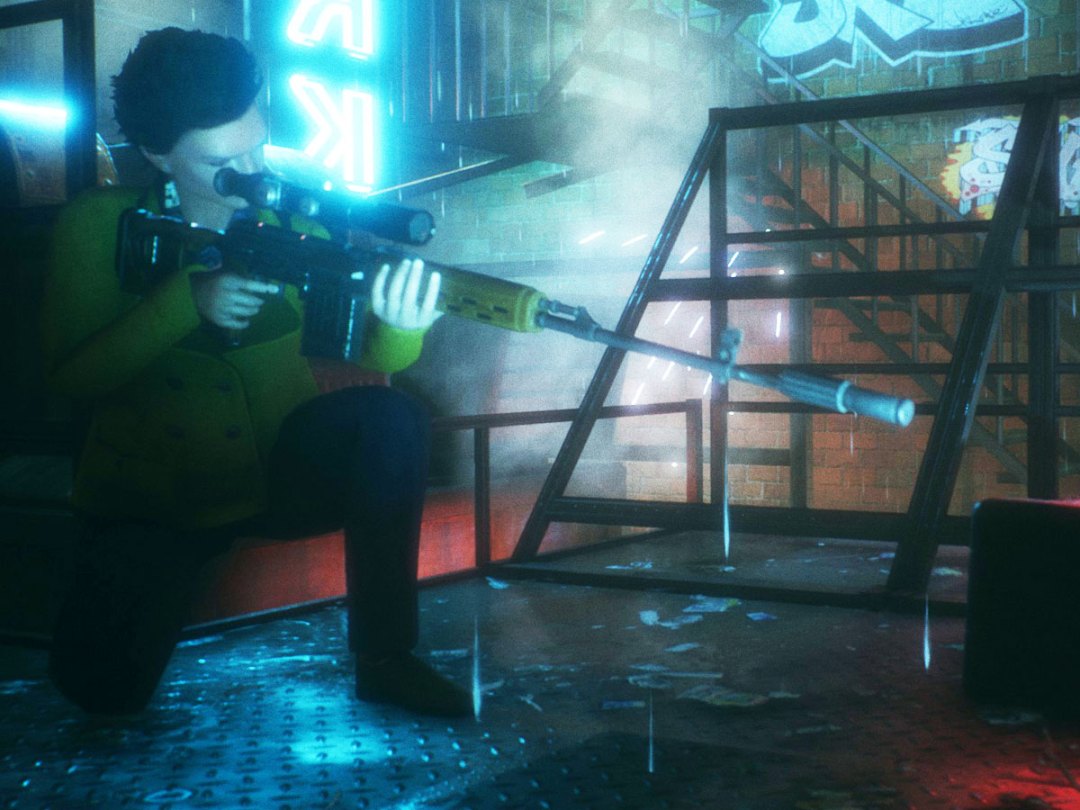
For a certain subspecies of video game fan, XCOM is gaming.
From the original Microprose release to Firaxis’ glossy modern re-imaginings, and all the titles inspired by one, both or any of the sequels, there’s a rich library of brilliantly involving, deviously challenging games that combine turn-based tactical combat with a real-time strategic overview. Some gamers find this sub-genre so rewarding that they barely touch anything else – and for these people, Phantom Doctrine has appeared like a lush oasis rising out of a shimmering, arid desert.
With no new Firaxis XCOM content in sight and original XCOM creator Julian Gollop’s much anticipated Phoenix Point delayed until the summer of 2019, Phantom Doctrine looks like 2018’s best bet for scratching that XCOM-y itch. And to an extent, it succeeds.
Cold War kids

Set in 1983, at the peak of the Cold War, Phantom Doctrine swiftly immerses you in the world of international espionage. Given a choice between playing as a CIA or KGB agent managing his or her own crew of operatives, you’re swiftly plunged into a global conspiracy plot involving assassinations, mind control and potential nuclear apocalypse.
I won’t spoil any of the plot details – suffice to say there are twists and turns aplenty, and you may end the story feeling none the wiser about what’s really happened – but developer Good Shepherd has cleverly woven in several actual historical events to give it at least an air of realism.
Presentation-wise, the story can’t complete with the tight, slick tale-telling of XCOM. Much of the voice acting harks back to gaming’s bad old “that take’ll do, I guess” days of the 1990s, and the plot could do with more cut scenes and memorable characters to inject it with greater life and narrative drive. But it serves its purpose, which is to provide a solid backdrop for Phantom Doctrine’s impressive gameplay.
Map’s the way to do it
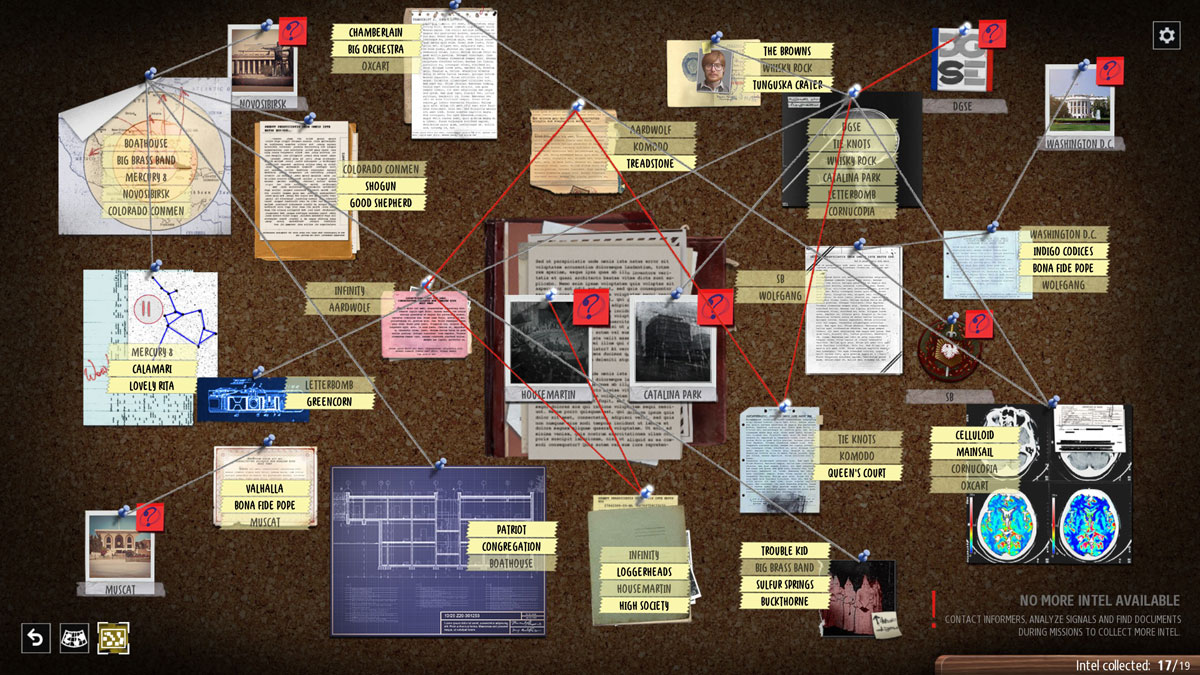
Like XCOM, Phantom Doctrine’s gameplay takes place in two main spheres. The first is an overarching strategic layer, encompassing a world map and your spy cell’s base of operations. At the base you recruit, train, equip and customise agents, research tech to open up new abilities, analyse secret dossiers to drive the story forward (this fun mini-game involves you looking for links between documents pinned on a cork board, and lets you discover new abilities, tech or information about the enemy), and interrogate and even convert captured enemy agents, while the map is where you direct your agents’ movements and actions.
When suspicious activity pops up in a city on the map, sending an agent there will uncover if it’s a false alarm, an informer (who will provide you with valuable info) or some form of action by Beholder, the shadowy organisation you’re investigating. Beholder activities – which include assassinating informants and searching for your base – take a set amount of time, and can be stopped before triggering, either through agent actions on the map or engaging the enemy in an assault. Which brings us to the other “half” of the game: the tactical, turn-based combat missions.
Sneaky does it
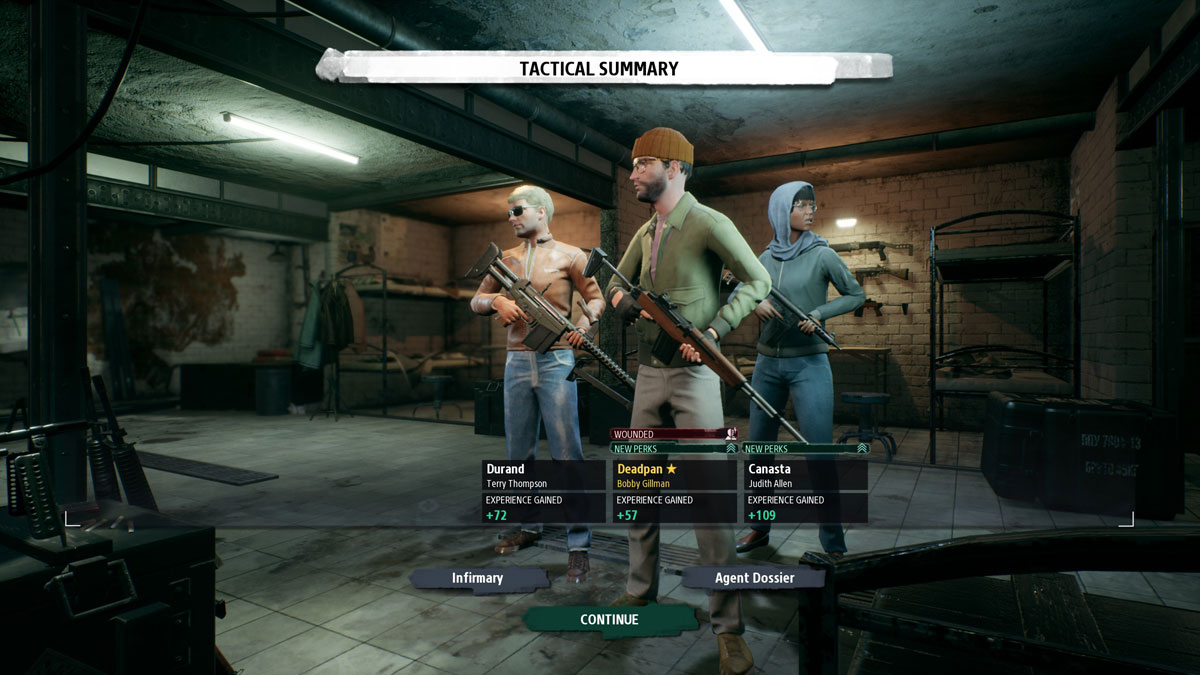
As you might expect given the spy thriller setting, Phantom Doctrine’s missions put a lot of emphasis on stealth. Your crew starts most missions incognito, with most enemies unaware of your true intentions until you stray into a restricted part of the level, trigger an alarm or leave an unconscious body in plain view. Enemy agents, on the other hand, will generally recognise your team members no matter what they’re doing, meaning you’ll spend a lot of time tip-toeing around, sneaking through rooms when an agent’s back is turned to pilfer some documents before slipping out unnoticed.
Play the game well and you’ll complete many missions where you nail your objectives – be they assassinating or abducting an enemy agent, stealing vital intel or rescuing an ally – and evacuate the scene without firing a shot (or at least a shot that isn’t from a silenced weapon). That’s a big differentiator from the recent XCOM games, which are keen to get you and the enemy blazing away at each other ASAP.
When combat does happen – and it will – things also differ a lot from XCOM, which uses random number generators to determine whether or not shots hit and how much damage they do. Phantom Doctrine goes down a whole other path, with shots never missing as such. Instead, each character has an Awareness stat which determines their ability to dodge shots. Shoot at an enemy with full Awareness and they’ll likely take no damage to their health, while an enemy with no Awareness left will take lots. Cover and body armour also plays a part, but only in the amount of damage taken – not your chances of landing a shot.
At first I found the combat opaque, unintuitive and very, very tough, but that was my fault: I was playing it like XCOM. When I realised instead that combat was (a) best avoided until I had my team properly placed and (b) a matter of managing my team’s Awareness and depleting the enemy’s, I started enjoying it a whole lot more. Once combat begins though, you’ll likely want to be planning your exit – the enemy will send reinforcements every few turns, including airstrikes that can really mess up your day.
Forward planning helps. Send agents to scout out a mission location before your assault and you can place off-map support like spotters to reveal enemy positions or snipers to take out targets. That’ll help you avoid sounding the alarm, or thin the herd of enemies when you do. Two or more of your agents can also “breach” rooms using a special command, which is a great way of clearing groups of enemies in one fell swoop.
Same old, same old
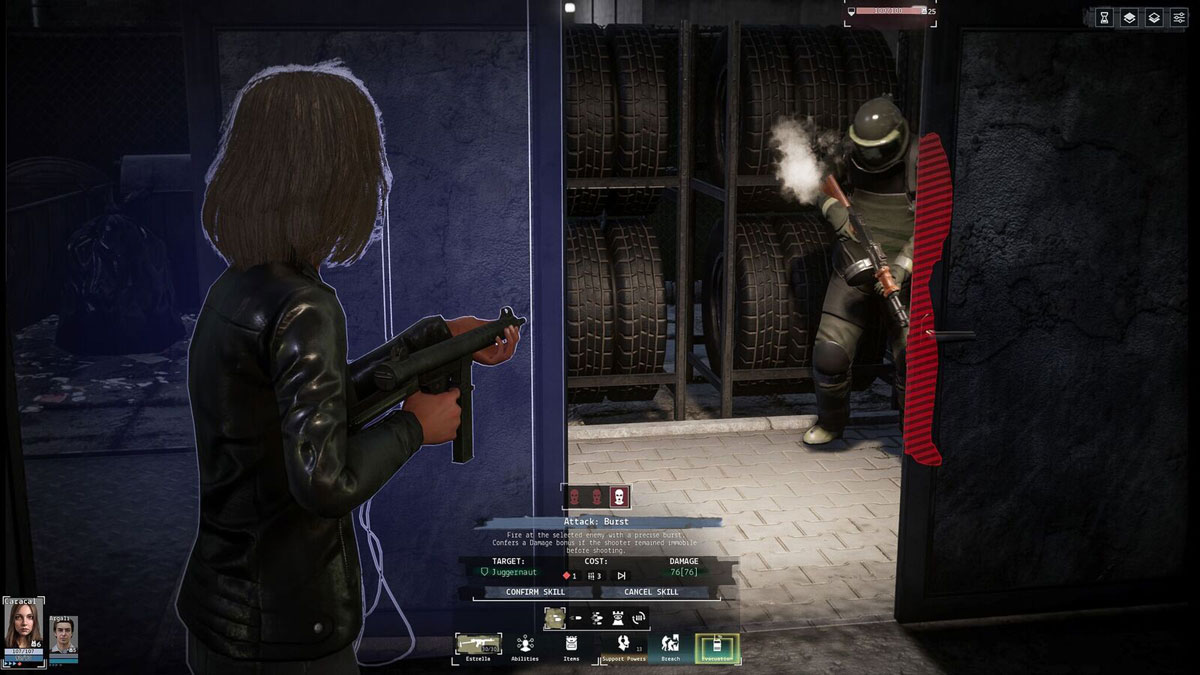
While the missions provide tension, involving combat and some heart-in-the-mouth evacuations when surrounded by enemies, they end up feeling a little same-y. Almost all take place in identikit cities at night, with only a handful of possible objectives; only a few of the preset story missions providing interestingly different settings.
Visually, the game is disappointing drab – a palette of subdued greys and browns that perhaps reflects the shadowy nature of the proceedings and the early 1980s setting, but doesn’t do much to entertain the eye. XCOM‘s bright, almost cartoony world of colourful aliens this is not.
While pondering the negatives, I should also note that my review copy was a little buggy, with the UI freezing up in the map screen several times during my one-and-a-half play-throughs of the campaign. It was an inconvenience rather than game-breaking (as long as you save the game regularly, you shouldn’t have to repeat any missions), but did put me off trying the single-save ironman mode. I have been told a launch patch is coming, and that the developers are aware of the UI issue, so hopefully that’ll be fixed by the time we give it a full review.
Phantom Doctrine verdict
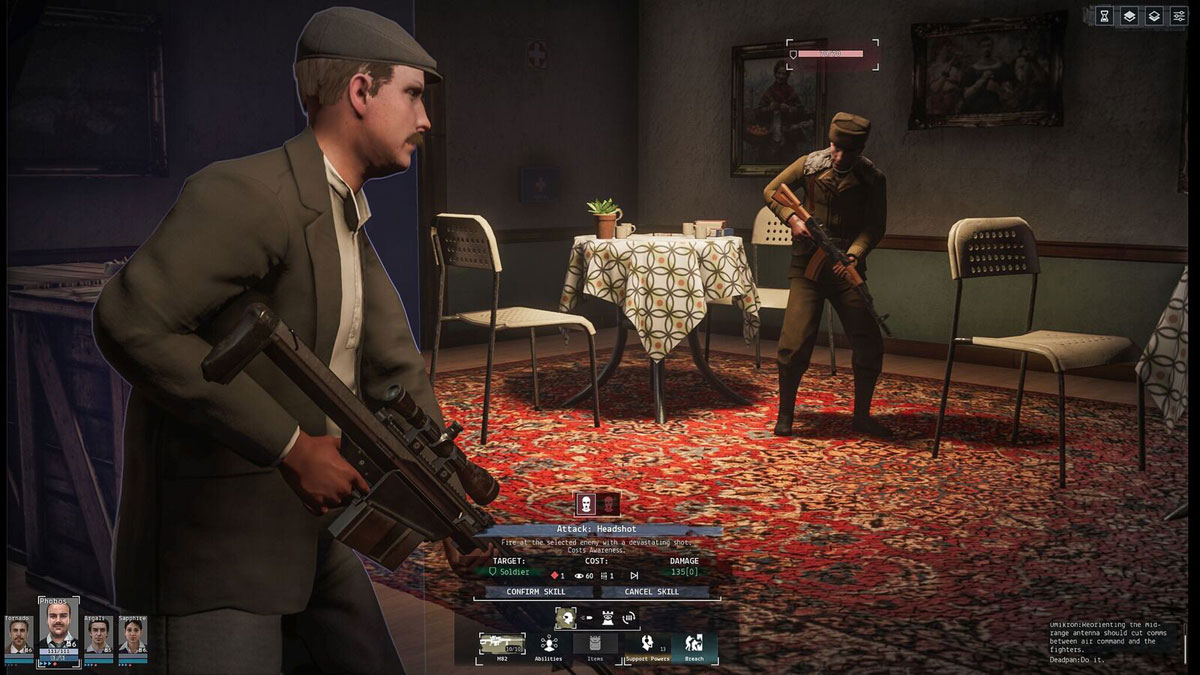
While Phantom Doctrine lacks some of the polish and shine of XCOM, it’s a welcome entry to the sub-genre that makes a lot of its Cold War setting and stealth-first focus. With a campaign that takes around 40 hours (and a New Game+ extended campaign that opens up after you complete your first play-through), it provides plenty of espionage action, rewards tactical thought and has just enough gameplay variety to sustain you through several games.
For the gamer looking to explore the sub-genre for the first time, XCOM 2 would be a much better entry point (particularly with its superb War of the Chosen DLC), but for XCOM fans looking for something new, Phantom Doctrine provides plenty of meat. Note: The game also has a multiplayer mode, but I haven’t been able to try this in the run-up to release. My review reflects the single-player campaign only.
Stuff Says…
A diverting, detail-rich and stealth-focussed take on the turn-based strategy genre that could use a little more polish and character
Good Stuff
Strategic gameplay
Well-realised Cold War setting
Bad Stuff
Same-y combat missions
Subpar voice acting
Visuals not up to much



